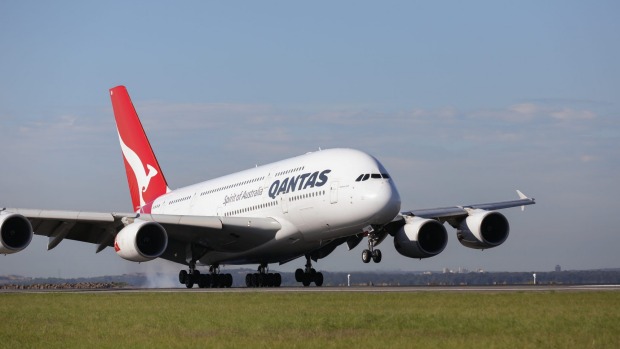Western Sydney Airport has entered into memoranda of understanding with airline companies Qantas and Virgin.
The MOUs will see the airlines provide insights into designing and planning Western Sydney International (Nancy-Bird Walton) Airport, as well as having early discussions around future Qantas, Jetstar, Virgin Australia and Tigerair services using the airport when it opens in 2026.
Western Sydney Airport chief executive officer Graham Millett said the MOU was a tremendous vote of confidence in Sydney’s new international airport from Australia’s airlines.
“The insights we’ll gain from working with the airlines help us build an airport that people will love using,” Mr Millett said.
“Australian airlines have long been advocates of Western Sydney gaining its own airport. We look forward to working with them as we deliver jobs and opportunities to the region.”
When Western Sydney International opens in 2026, it will be the closest airport for around 2.5 million people.
As the country’s third largest economy and home to one in 10 Australians, Western Sydney is booming and the MOUs represent a significant next step in the development of Sydney’s new international airport.

Qantas Group chief executive officer Alan Joyce said Western Sydney International was as important part of Australia’s aviation future.
“Given the size and significance of NSW to the national economy, a second airport is exactly what we need to keep growing. The potential is huge,” Mr Joyce said.
“It’s not often you get to help design an airport from scratch, so we’re really pleased to be part of it.
“This a chance to create a great experience for passengers and a high level of efficiency for airlines, which helps us keep fares lower.”
Virgin Australia Group chief executive officer and
managing director Paul Scurrah said that the MOU was a great example of
industry partners working together to help shape the best travel experience.
“Western Sydney has the unique opportunity to build a new airport from the
ground up to meet the evolving needs of future passengers,’’ Mr Scurrah said.
“This agreement offers a chance to collaborate early in the planning phase. We’re looking forward to sharing our ideas to help make the airport a great experience and ensure it supports future operational requirements.”
The MOU will see the organisations collaborate on a range of elements, including:
· passenger terminal and boarding;
· technology and innovation opportunities, particularly around baggage handling, security and customer service;
· airport access, including train stations, parking and rideshare facilities
· air freight and cargo facilities;
· sustainability, including resource reuse and recycling.
